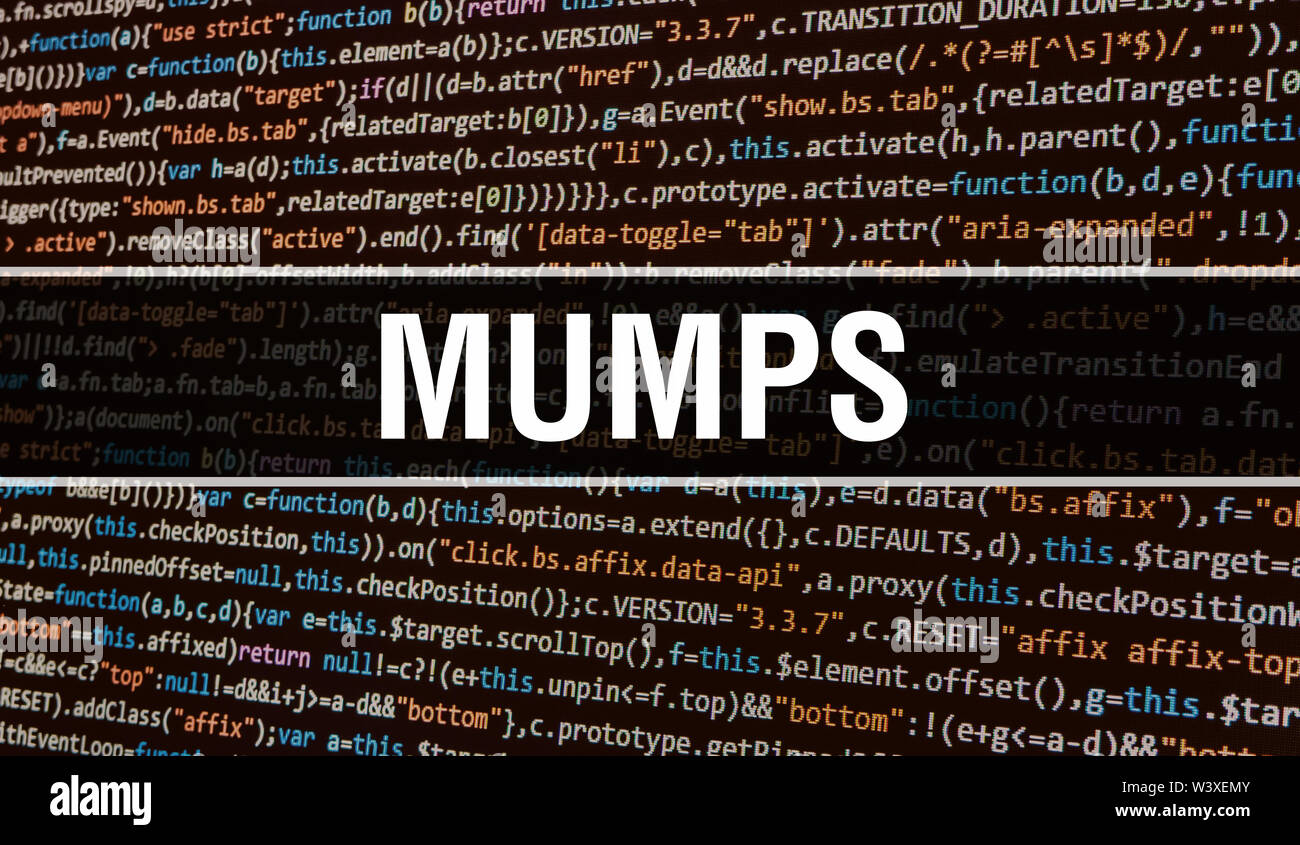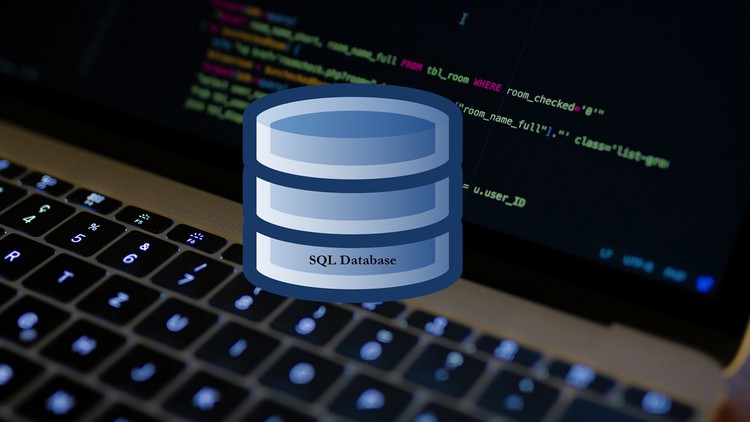Description
Introduction: “MUMPS: From Basics to Advanced”
Welcome to “MUMPS: From Basics to Advanced,” a comprehensive course designed for both newcomers and experienced developers. This course takes you through the foundational concepts of MUMPS, covering its unique syntax, hierarchical data structures, and data handling capabilities, before progressively advancing to topics like database management, data manipulation, and performance optimization. With practical exercises and real-world applications, learners will not only grasp theoretical concepts but also gain the skills needed to effectively implement MUMPS in various environments, transitioning from basic understanding to advanced proficiency in database systems and management.
Prerequisites:
To get the most out of “MUMPS: From Basics to Advanced,” learners should have a basic understanding of programming, including knowledge of variables, loops, and conditional statements. Familiarity with databases or data management concepts is helpful, as MUMPS is widely used in these areas. Experience with SQL or similar query languages will also aid in grasping MUMPS database operations. Though the course covers both basics and advanced topics, prior exposure to coding and data handling will make the learning process smoother.
TABLE OF CONTENT
1.Introduction
1.1 Background
1.2 Purpose of Document
1.3 Scope
2.History of Mumps
2.1 Origin and Development
2.2 Key Milestones
2.3 Evolution of the Name
3.Key Features of Mumps
3.1 Database Management (Ref: Database)
3.2 Integrated Development Environment (IDE)
3.3 Multi-Programming Capabilities
3.4 Interprocess Communication
4.Mumps Language Basics
4.1 Data Types
4.2 Variables and Arrays
4.3 Operators
4.4 Control Structures
4.5 Functions and Procedures
5.Mumps Database Management
5.1 Mumps Database Structure
5.2 Data Manipulation Language (DML)
5.3 Transaction Processing
5.4 Security Measures
6.Applications and Use Cases
6.1 Healthcare Industry
6.2 Financial Systems
6.3 Government Applications
6.4 Other Industry Implementations
7.Advantages and Disadvantages
7.1 Advantages of Mumps
7.2 Limitations and Challenges
8.Integration with Modern Technologies
8.1 Mumps in Contemporary IT Landscape
8.2 Compatibility and Interoperability
8.3 Modernization Strategies







Reviews
There are no reviews yet.